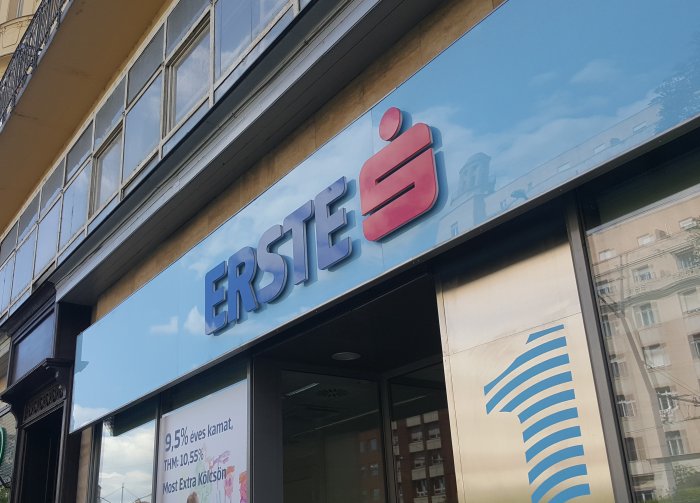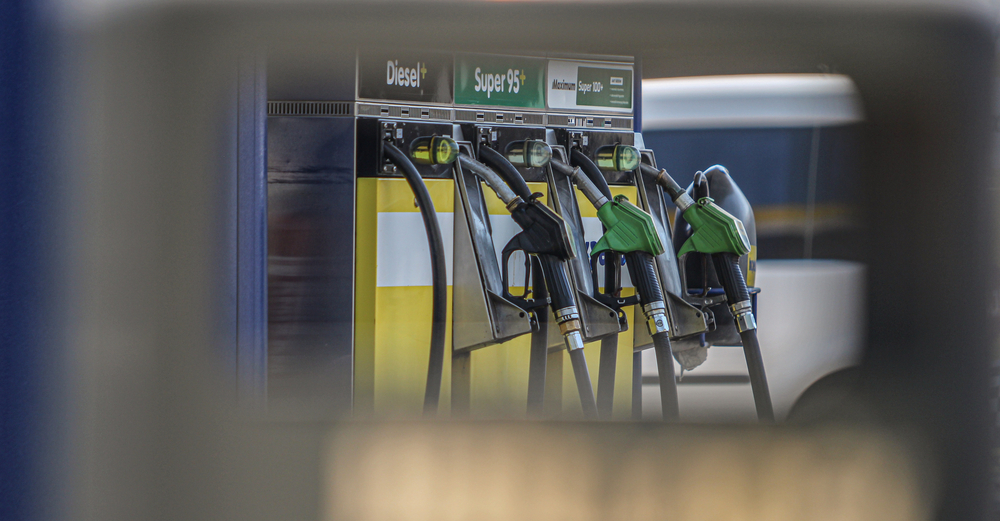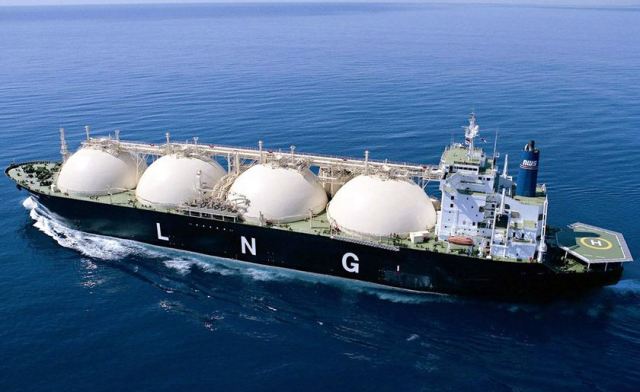Taking a Transparent Approach to ESG
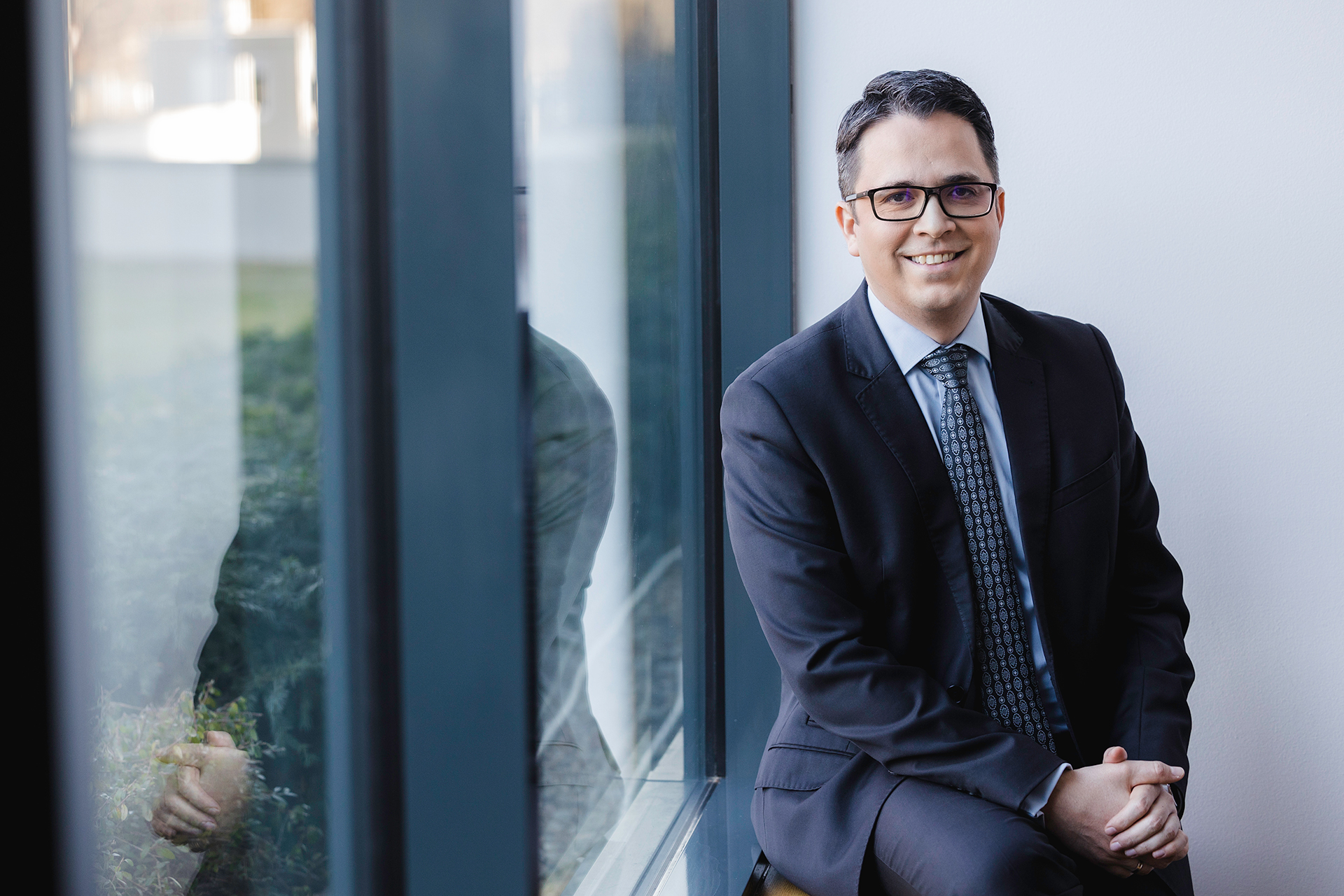
László Fazekas, CFO and deputy CEO of MVM Group.
László Fazekas, CFO and deputy CEO of MVM Group, discusses the reasoning behind and aspirations for the Hungarian power company’s newly announced Green Financing Framework and how it intends to become carbon neutral by 2050.
BBJ: MVM announced its Green Financing Framework on May 30 to help meet its Paris Agreement climate targets. Why publish the framework now, and what does it set out to achieve?
László Fazekas: In December 2022, MVM adopted its ESG strategy and accompanying KPI set to formalize the group’s ESG-based sustainability framework and ESG commitments. Right after that, MVM started working on a financing framework to support realizing its business plan with funding sources. MVM chose its Green Financing Framework following the International Capital Market Association’s Green Bond Principles because it seemed the best fit for our green goals. We also hope that the special attention paid to our green efforts through the Green Financing Framework’s transparency and reporting obligations will help the market, including our customers, better understand our ESG strategy and objectives.
BBJ: Fitch has given your planned U.S. dollar-denominated bonds a senior unsecured rating of “BBB.” MVM intends to use the net proceeds from the bonds to finance and/or refinance eligible green projects. How much are you expecting to raise through the issuance?
LF: Indeed, Fitch Ratings assigned a “BBB” rating to the bond, while S&P Global Ratings gave a “BBB-” rating, both in line with the issuer rating of MVM, which, in turn, is in line with the sovereign rating of Hungary. We successfully priced the bond on June 1 at the targeted amount of USD 750 million.
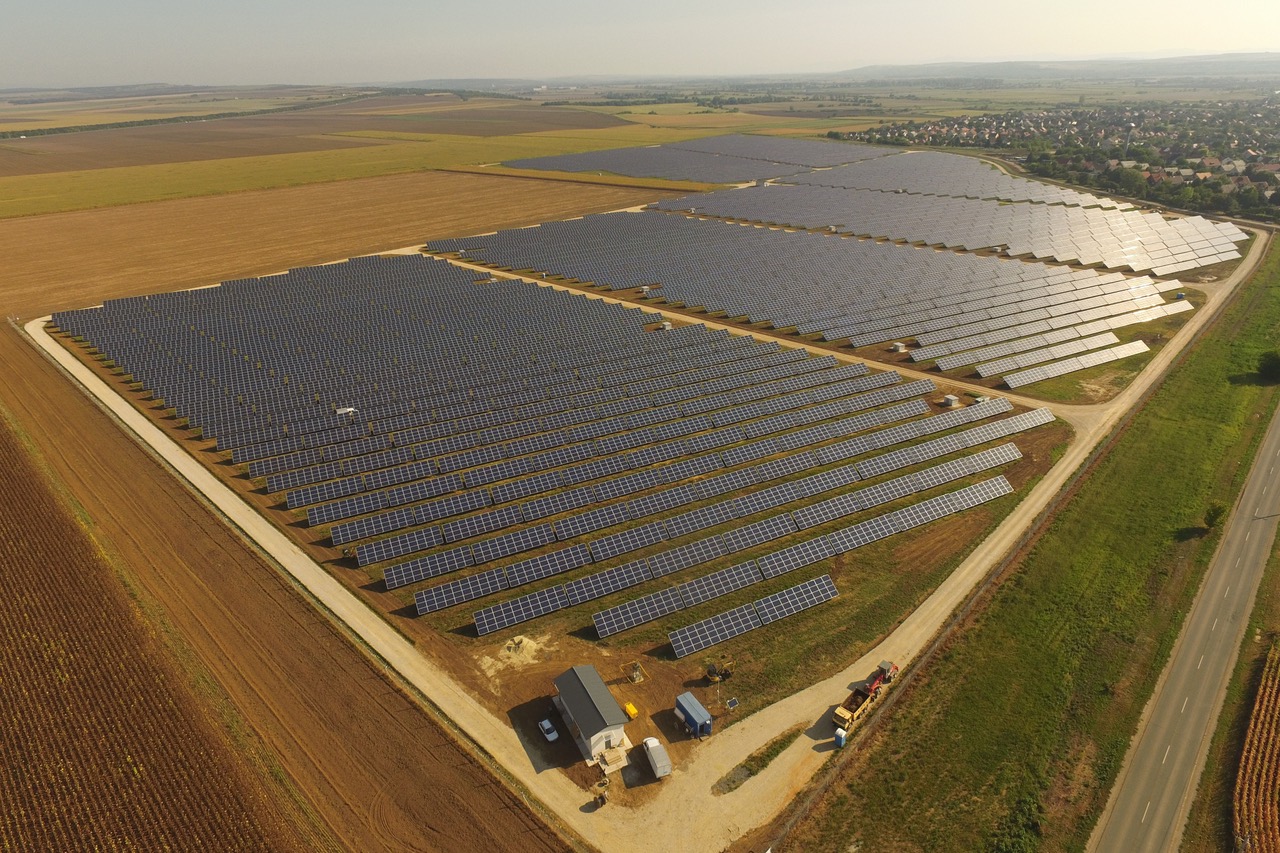
BBJ: Under your Green Financing Framework, MVM has cleared EUR 1.5 billion of green investments as part of its strategy to become carbon neutral by 2050. Can you tell us more about these investments? Will the USD bond fund them?
LF: Around two-thirds of the planned investment package aims to develop the electricity grid. Among other things, these developments include investments related to integrating new renewable electricity sources but also bird protection programs and smart grid developments. A further 30% of the investments are planned to finance renewable projects, including PVs and state-of-the-art new technologies related to green hydrogen used for electricity storage or clean transportation. Other investments focus on energy efficiency improvement.
BBJ: You sought specialist ESG assistance in drawing up the Green Financing Framework. From whom, and why?
LF: BNP Paribas was selected as our ESG Structuring Agent to participate in setting up and structuring the framework. Although it is not a long and complicated document, the framework reflects the output of comprehensive work throughout MVM’s organization. As a first step, how proceeds are used had to be agreed upon. Eligible green projects should be aligned with the EU Taxonomy. However, all assets and expenditures related to fossil fuel-based electricity generation facilities and other fossil fuel-related infrastructure are ineligible, even if they align with the taxonomy. The green financing principles define strict management of proceeds and reporting procedures that issuers should follow. The introduction of such new concepts required modifying internal protocols. MVM is»committed to following best market practice solutions.
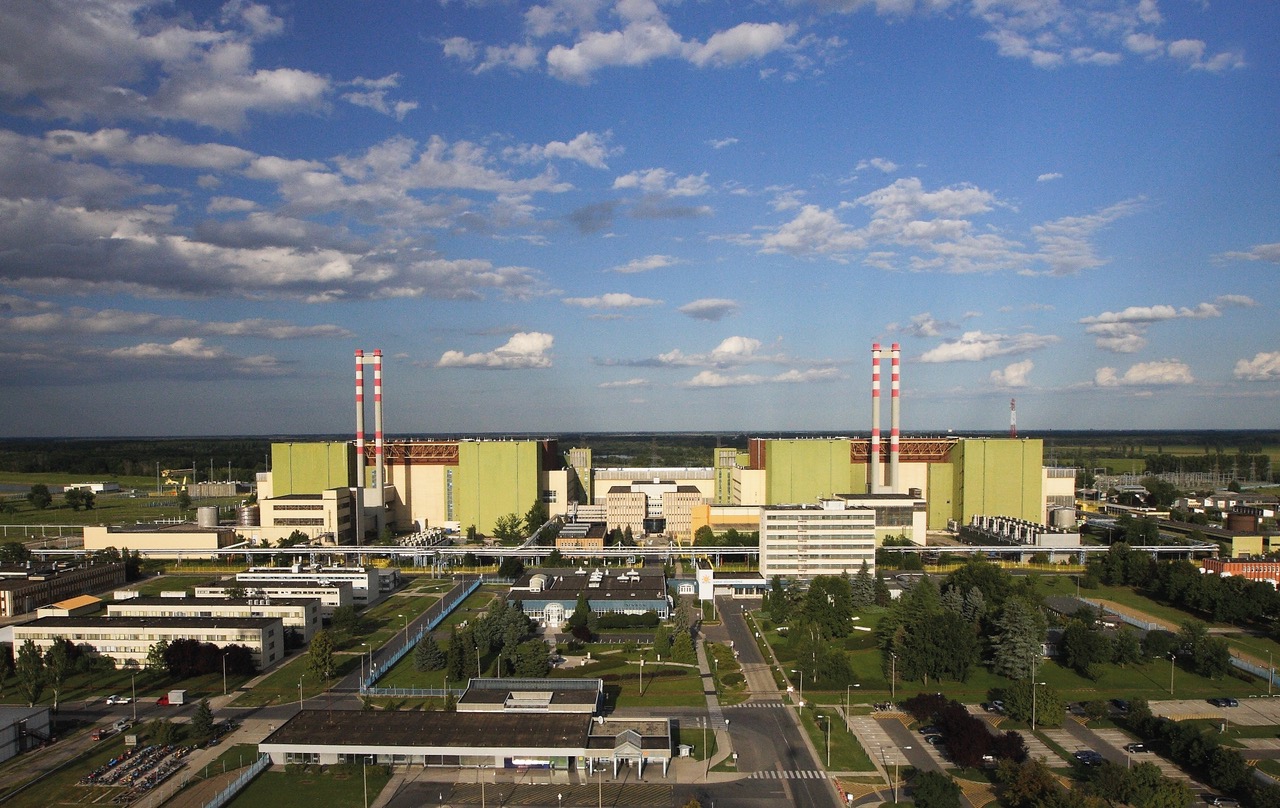
BBJ: In the winter of 2022, MVM adopted its ESG strategy, which presents the group’s sustainability framework and ESG commitments. Does the Green Financing Framework stem from this? What do you consider the highlights of this strategy?
LF: Yes, indeed. The Green Financing Framework gives a clear funding framework for MVM’s ESG strategy. Although it is being used now to support the bond issuance, it can also be used for future investments that meet the defined “eligible green project” definition. Apart from bonds, the framework also opens the possibility of taking green loans.
MVM’s ESG strategy is based on four pillars.
Decarbonization, including direct emission reduction initiatives, such as the phasing out of coal-based power generation; fuel switch and electrification, including an extensive renewable energy sources (RES) investment program; and other voluntary carbon reduction measures.
Resource Conservation, including responsible waste management (water, air, conventional, and nuclear); energy efficiency and alternative transportation solutions (e-mobility); and digitalization, aiming at expanding the numbers of customers served on digital channels while increasing customer satisfaction.
Social Responsibility and Solidarity, focusing on workforce well-being, including a just transition for employees affected by the coal exit; promoting equal workplace opportunities; and maintaining safety standards.
Responsible Corporate Governance and Supply Chain, focusing on transparent and consistent internal guidelines, including clean messages through our Code of Ethics, Code of Conduct, and anticorruption training; and the support of local businesses, communities and initiatives.
BBJ: Beyond the critical but broad goal of being carbon neutral by 2050, what will be the specific breakdown of renewables within your energy mix? What will be the most significant mile-markers and target dates on the way to carbon neutrality?
LF: In terms of clean energy production, 82.7% of MVM’s electricity generation is already low carbon. Despite this dominance of low-carbon energy production in the group’s portfolio, MVM is committed to increasing its RES share, targeting 800 MW+ renewable capacity by 2025. MVM’s definition of low-carbon sources of electricity includes solar, wind, biomass, hydro, geothermal, and nuclear. The phase-out of coal is planned for the earliest possible date, considering the security of supply aspects.
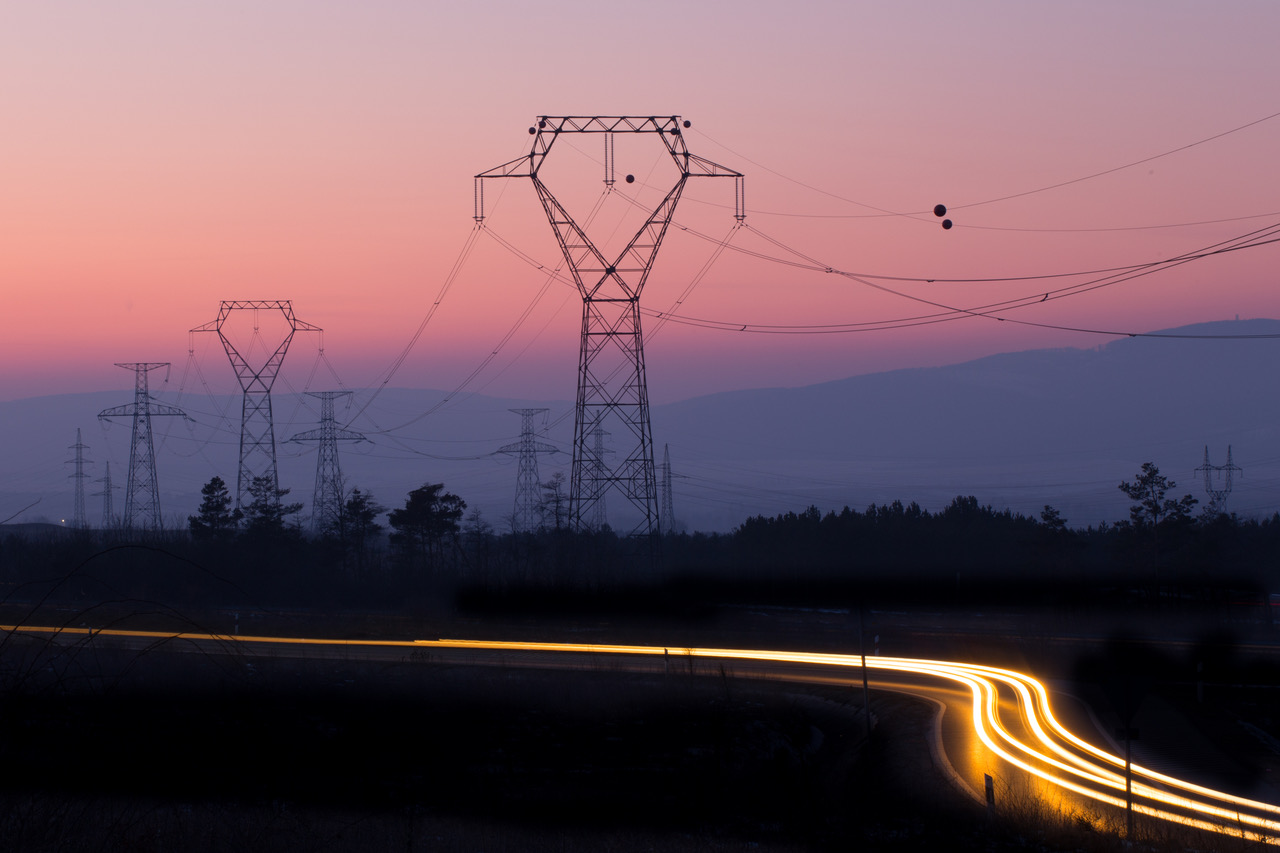
BBJ: One of the critical issues in adding more renewables to the national grid is the inability of the network to keep pace with the demand for connections. What can be done about developing this infrastructure?
LF: Hungary has seen a very rapid expansion of the renewable (especially photovoltaic) generation capacities, which reached 4.85 gigawatts in 2023, and we foresee further growth to 10-12 gigawatts by 2030, which is significantly more than the 6.5 gigawatts originally planned in the National Climate Plan. As such, an extensive investment program for the development of power networks has been started to enhance the networks to ensure the safe and reliable use of electricity, as well as further integration of renewable energy sources into the power networks. In this process, the combined cycle gas turbine projects (CCGT) at Mátra and Tisza will be cornerstones in renewable integration into the system by providing balancing energy.
BBJ: Alongside renewables and nuclear, how important will gas be (and for how long) as part of the overall mix on the journey to carbon neutrality?
LF: The rapid expansion of renewable capacities, including additions by MVM Group (we expect to increase our renewable capacities to 800 MW by 2025), will require significant balancing capacities. As such, CCGTs will also play a vital role in the near future. MVM decided to invest in three CCGT power plants, increasing the total newly built fossil capacity to 1,650 MW. These modern electricity-generating units will consequently enable us to wind down the lignite-based production of the Mátra Power Plant.
BBJ: MVM booked a net income of HUF 73 billion last year (2022), according to an earnings report posted on the website of the Budapest Stock Exchange, having closed 2021 a little under break-even. The report shows revenue climbed to HUF 7.648 trillion last year from HUF 2.774 tln in 2021 amid the global rise in energy prices. What are the targets for 2023?
LF: Net sales revenue increased substantially by HUF 4.874 tln in 2022, primarily driven by the significant rise in electricity and natural gas prices, as well as by the additions in the customer base. Most importantly, despite all the challenges caused by the extreme market circumstances, MVM managed to maintain a stable financial and operational performance in 2022.
On May 5, S&P affirmed MVM’s investment grade at “BBB-” with a “stable” outlook. That indicates that MVM is expected to achieve gradual growth and protect its credit metrics. We expect the level of indebtedness to remain stable and conservative for the next two-to-three years. We believe that risks from volatile power and commodities prices will remain, but they are mitigated by MVM’s integrated position and strategy of hedging most of its open positions and by relatively stable earnings from the regulated network.
This article was first published in the Top 50 Executives - The Most Influential Energy Executives in Hungary 2023.
SUPPORT THE BUDAPEST BUSINESS JOURNAL
Producing journalism that is worthy of the name is a costly business. For 27 years, the publishers, editors and reporters of the Budapest Business Journal have striven to bring you business news that works, information that you can trust, that is factual, accurate and presented without fear or favor.
Newspaper organizations across the globe have struggled to find a business model that allows them to continue to excel, without compromising their ability to perform. Most recently, some have experimented with the idea of involving their most important stakeholders, their readers.
We would like to offer that same opportunity to our readers. We would like to invite you to help us deliver the quality business journalism you require. Hit our Support the BBJ button and you can choose the how much and how often you send us your contributions.


